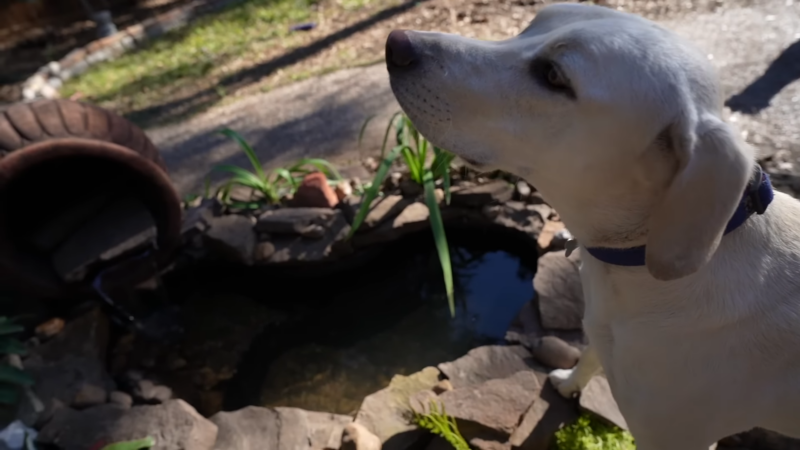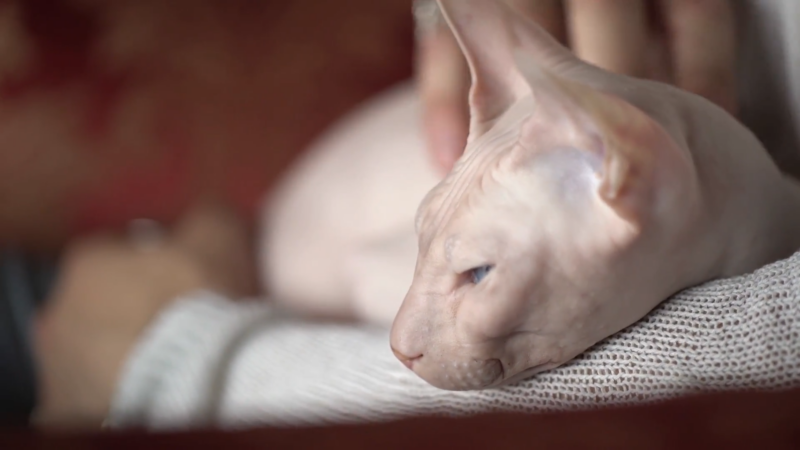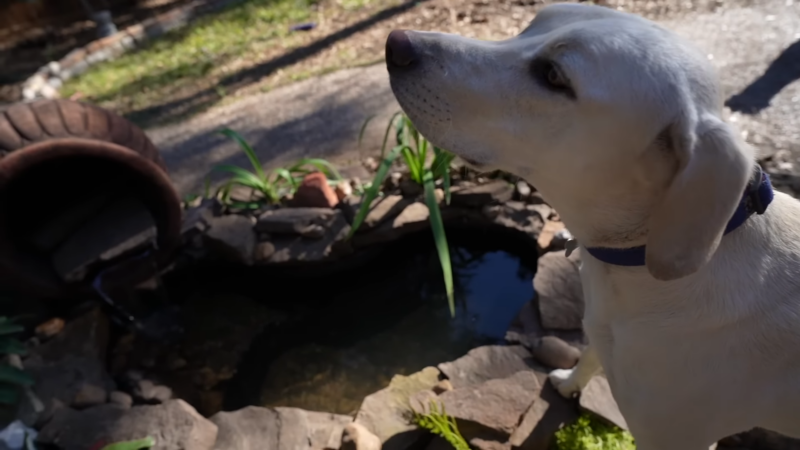
-
Milan
- Published:
- Updated: March 12, 2024
- Category: Pet Names and Types
Share Post:
Being the owner of 5 different species of hamsters, I can tell you that all species of hamsters are super friendly towards their owners.
However, as a general matter of fact, people classify them into different categories and judge their friendliness accordingly. Some people also believe that their level of friendliness not only depends on their type but also the way they are kept, how tame they are etc.
Planning to get a hamster? Don’t know which type to go for? Wondering, which type of hamsters are the friendliest? Don’t worry. Here’s a list of different types of hamsters you can go for, their behaviour, and some tips for you which will make you ready to start your journey as a hamster parent.
The Different Classifications Of Hamsters
Hamsters are classified into a variety of species, but the most common top 5 breeds are Syrians, Dwarf Campbell Russians, Dwarf Winter White Russians, Roborovski Dwarfs, and Chinese. Every breed is unique in its way and possesses distinctive characteristics.
Syrian Hamsters
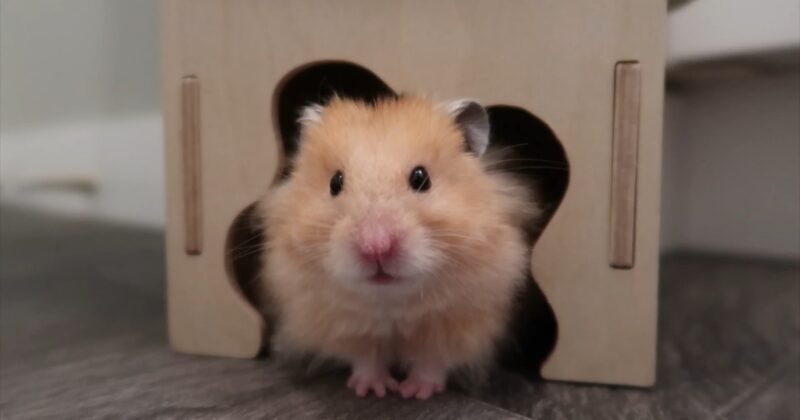
Also known as teddy bear hamsters or golden hamsters prove to be the best choice for beginner hamster owners and children. This is because they are more docile and have a gentle temperament in comparison to other species. Their high stress tolerance level and relaxed disposition make them easy to care for. They are less inclined to bite, super friendly, and hence my favourite breed to play with.
In addition to their quiet temperament, their large and chunky size makes them quite easy to hold and hence the most popular species of pet hamster.
Talking about their social activities, they aren’t much social and prefer solidarity. Generally, the only two cases when they come together are:
- Mating
- Taking care of their offspring.
Therefore, it is important to cage them separately to avoid fights between them. Their love for solidarity works in favour of the owner as it increases the scope of your bonding with your little one.
Features Of Syrian Hamsters
- They grow up to 4-7 inches depending upon their sex. A full-grown male hamster may only grow up to 6 inches.
- They come in a variety of colours and look super adorable.
- They have large eyes, cheek pouch, and a short tail and can live up to 4 years.
Dwarf Campbell Russian Hamsters
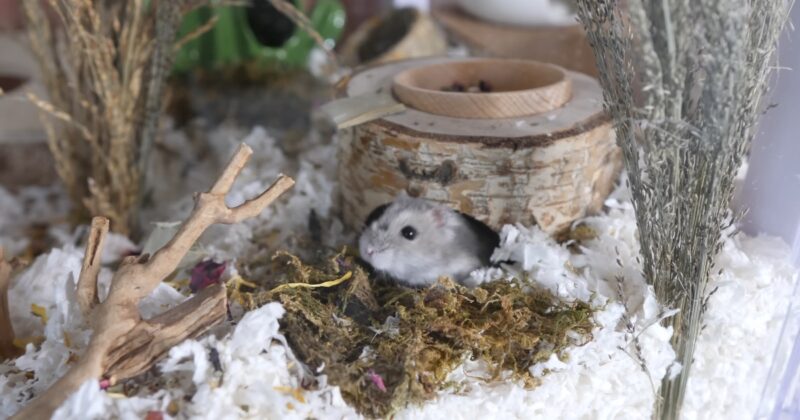
Though nocturnal, you may find Dwarf Campbell hamsters active during that time too. Excellent pets for those who have some prior experience in handling hamsters as they are small in size and super active. However, their super friendly nature will make you fall in love with them.
Unlike Syrian hamsters, they love socializing and playing and hence can be kept in pairs of groups. Nevertheless, it is important to pair them up at a young age as they do not like any adult to be introduced into their group.
Also, they may take up fights. Make sure to separate them during such times to avoid serious injuries. It is important to keep them under supervision so that they do not feel threatened. Make them feel secure and safe so that they do not start nipping.
Features Of Dwarf Campbell Russian Hamsters
- They grow only up to 4 inches. They are very small in size.
- Selective inbreeding, they have a wide variety of colour coats. They have greyish-brownish fur with a mixture of creamy colours on their side. Additionally, their white stomach adds to their beauty.
- The average life span of a Dwarf Campbell Russian hamster is about 2 years.
Dwarf Winter White Russian Hamsters
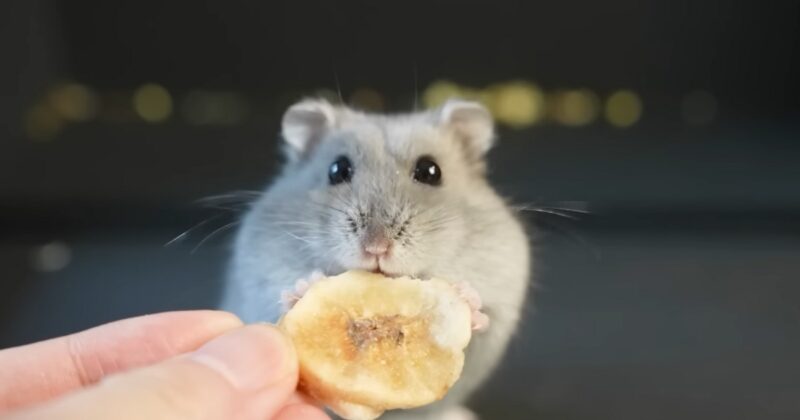
Cuddly and small, Dwarf Winter White Russian hamsters are quite similar to Syrian hamsters in terms of temperament. Their docile nature makes them a good option for children. Also, they become active for short intervals during day time which makes them super fun to play with. This species is my favourite type and I believe them to be the coolest of all.
My favourite part about them is that they change their fur colour to white during winter. However, if we talk about their size, supervision may be required while your child plays with the little one as their small size makes them a bit challenging to handle.
This species loves to socialize and can be kept together in pairs or groups only if they are introduced at a young age. They do not like a new adult member being added to their existing group. Occasionally, separate them so that they do not get territorial and start fighting.
Features Of Dwarf Winter White Russian Hamsters
- Very small and compact. A fully-grown hamster may measure only up to 3 ½ inches.
- They come in three beautiful colours:
- Sapphire: Hamsters with purple ray hair coating.
- Pearl: Hamsters which have a white pattern all over their body, sprinkled here and there.
- Sapphire-Pearl: This is a combination of the above two mentioned colours. Hamsters with such body colour come with an ivory-like stomach and a grey undercoat.
- Their average life span is about 2 years.
Roborovski Dwarf Hamsters
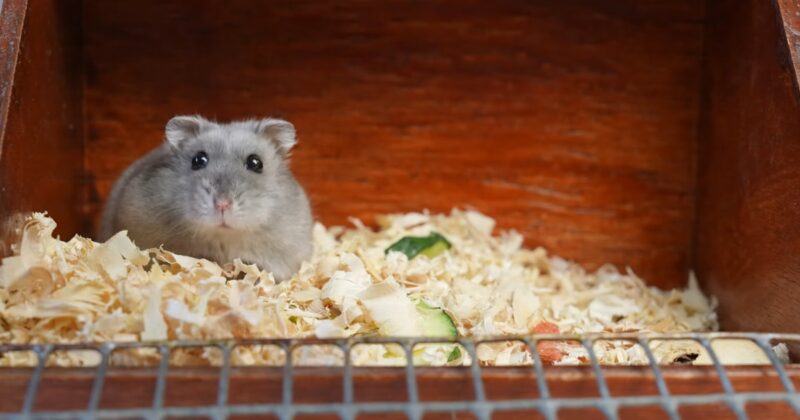
High in energy levels, this species is another social breed of hamsters. They have a good temperament and behave well if kept in pairs conditions being that they are introduced at an early age.
They are sweet and do not nip and do well for those with some prior experience with hamsters. Even if you have no prior experience, you can handle them easily because of their good behaviour. Nevertheless, you will have to be cautious while picking them up because of their small size.
Make sure that you gently cuddle your furry friend so that they do not feel uncomfortable and jump out of your hands. If they jump and make rough landings, it might hurt them very badly.
Features of Roborovski Dwarf Hamsters
- Popular for their small size, they only grow up to 2 inches.
- They have sandy brown fur with a white stomach. They also have white marks around their eyes that look like their eyebrows.
- They have an average life span of 3- 3 and ½ years.
Chinese Hamsters
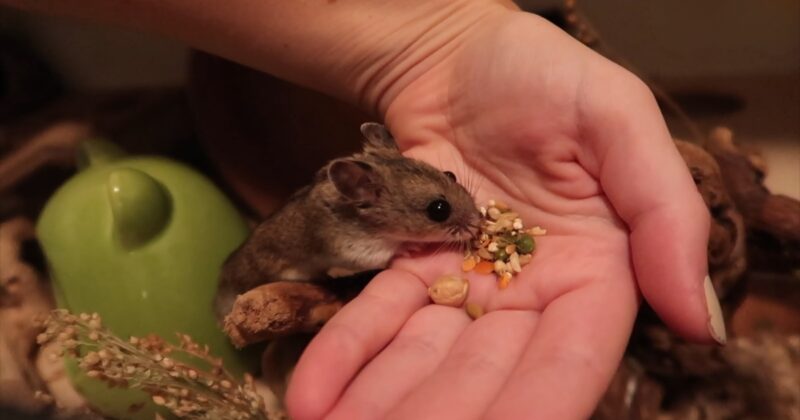
These small rodents from China and Mongolia are also known as Chinese striped hamsters or Chinese dwarf hamsters. Though good towards humans, they are slightly timid and nippy which makes them a bit difficult to take care of. However, some people have had success in taking good care of their Chinese rodents.
Generally, they are not the social types and need to be separately caged in case you are planning to get 2-3 hamsters. Also, they might become aggressive if you wake them up from the middle of their sleep, might become grouchy, and end up giving you a good bite.
It takes a bit of time to bond with this species. However, once they are comfortable around you, they will bond well with you. They are simple to care for and easy to pet. But if in case it happens to be your first pet, then I would not suggest you go for this one as it might be a bit challenging for you to keep them happy.
Features Of Chinese Hamsters
- The full-grown has a size of about 4 inches. They are often mistaken as dwarf hamsters for their small size.
- They have a body type similar to that of a mouse and have a coat of dark brown-black fur with an ivory-coloured stomach.
- Their average life span is about 2 -2 and ½ years.
FAQ
What type of hamster is the friendliest?
Syrian hamsters and white winter dwarf hamsters are the friendliest of all. Their love for socializing and calm nature makes them lovable and extremely personable.
What type of breed is best suited for kids or new hamster parents?
Syrian Hamsters are best suited for kids or amateur hamster parents. Several breeds are child-friendly. Hamsters with calm temperaments go well for children. However, some types may be a challenge to manage because of their small size.
What type of hamster is cuddly?
Dwarf winter hamsters are super small and cuddly. They are docile and can make the best pets for children.
How to train your hamster to cuddle?
To train them, you can try the feeding way. Offer them food and signal them to come towards your hand. Be calm and confident. Make them feel safe and secure.
Which hamster breed is the least likely to bite?
Some Tips For Those Owners Who Want Multiple Hamsters
- The cage size: Purchase a big cage for your little ones so that they do not struggle to find space for themselves. Even the friendliest hamsters may end up fighting if kept in small confinements.
- Pair them at a very young age: It is a great idea to introduce hamsters before they are seven to eight weeks old. Once they are grown up, they do not like the idea of being introduced to a new hammy.
Alternatively, if you find hamsters of the same nest, you can even pair brothers or sisters together as they have known each other since birth and the likelihood of entering a fight becomes less.
- Be sure of the gender: hamsters reproduce very quickly and hence it is always better to cage the same genders together. If you are planning to breed, please ensure that you are well aware of the process and timely separation of the two otherwise you may have to buy a lot of cages due to unexpected littering.
- Feeding: when it comes to feeding food to multiple hamsters in a common cage, please make space for more than one feeding area to avoid the possibility of a fight. Also, provide each one with different sippers to ensure a constant supply of fresh water for each one
- Observe: It is important to keep warring hamsters apart. Therefore, as an owner, you should keep an eye on them and ensure that no hamster is harassing other hamsters or trying to dominate by stealing others’ food. Hamsters may do so if they become insecure about their space and territory. During such times, you need to separate the one who is causing trouble and keep him in a separate cage. Observe his behaviour for about 2 weeks and then reintroduce him to others by putting him back in the main cage. If he still acts grumpy then it means you will need to separate him permanently and get a new cage for him.



